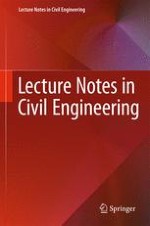Biologically-derived volatile fatty acids (VFAs) are gaining attention
as a sustainable alternative to petroleum-based VFAs. The anaerobic digestion
(AD) process can effectively recover VFAs from organic-rich waste and wastewater,
aligning with the principles of the circular bio-economy and sustainability.
However, this approach currently faces several challenges. The AD effluent containsmixed
VFAs, in relatively lowconcentrations, solubilized inwater along with
other compounds. This necessitates the development of strategies for concentration,
separation, and purification. Membrane filtration technologies, particularly
nanofiltration (NF), have emerged as advantageous solutions to address these challenges.
This study investigates the application of the NF process for concentrating
and fractionating solubilized VFAs, exploring the impact of membrane properties
and feed pH on permeate flux and VFAs rejection. Two commercial NF membranes
(“DK” and “XN45”) were tested under four different pH values of the feed
(4, 5.5, 7, and 9). The results indicate that increasing feed pH enhances VFAs
concentration but reduces permeate flux. Membrane properties strongly influence
permeate flux and VFAs concentration and fractionation. Notably, the application
of the XN45 membrane with a feed pH of 9 represents the best alternative among
the tested conditions in terms of VFA concentration.
2024
Enhancing Volatile Fatty Acids Recovery Through Nanofiltration: A Sustainable and Efficient Solution Within the Circular Economy
- Lecture Notes in Civil Engineering
